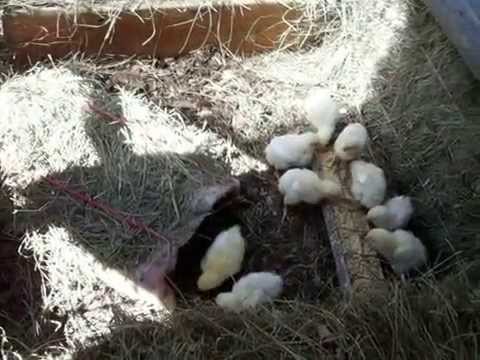ShanandGem
Songster
- Feb 16, 2016
- 721
- 196
- 141
That white stuff is just a yeast growth that has formed overnight. Sometimes it's the fine sediments that will float on the water AND yeast growth. It's nothing bad and most who don't cover the feed with water will see it on the top of their feed the next day after mixing a fresh bucket.
I'm certainly not the queen bee....Kassaundra was fermenting her feed way before I was, but I've been at it long enough to know that water over the feed means nothing at all except soppy feed and messy poops.
I find once you've been doing it for a while you can eyeball how much water to use so it is mostly absorbed but the feed is still wet by feeding time. I don't always get it right but when I do it's MAGIC! lol



